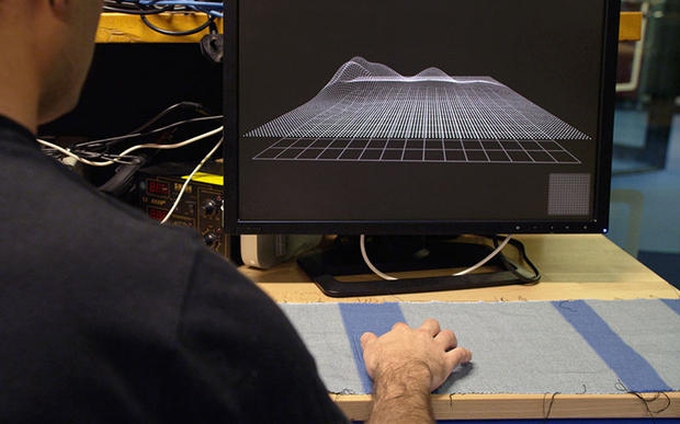
In case you are wondering about the image above: it shows a Google ATAP (Advanced Technology and Projects group; their motto says it all: "we like epic shit") team member testing the Jacquard conductive yarn woven into textile fabric. Called Project Jacquard, it was presented at the recent Google I/O 2015 and generated significant interest. No wonder: if successful, your clothes or your furniture’s upholstery would be the next generation touchscreens. We have covered the impact of wearables in the past, but this is wearables taken literally. The world is changing from "mobile first" to "interface first". Are you already mobile enough to adapt to this new mobility?
Devices vs. screens
Since we are not a news agency this is post is not so much about Google innovations, as about what we think it entails for everybody else along the food chain. A useful exercise if we plan to thrive in a business domain that is one of the most rapidly changing. So this is rather about screens. About a month ago Paul Adams posted a very interesting post arguing that "mobile first" could be a misleading manifesto; actually, Paul says, it is not about devices but screens. Screens used in various contexts to access, consume or publishing information. I would amend that and say it is about interfaces, not screens.
Devices change a lot. New devices appear all the time. It was smartphones a decade ago that made the splash and it is various wearables that do so now. Miniaturization and cloud ensures we can have smaller and smaller devices, but for one big problem: the interface. Traditionally, the interface is the screen, even though recently voice can also be used as an interface. Voice, however, will never be good enough for a species highly dependent on vision, as humans are. Thus, the need for screens. Or, even more importantly - for interfaces!
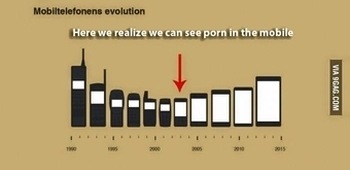
New interfaces
Smartphone evolution illustrates this perfectly: a look at the image on the right shows that that the trend to miniaturize the smartphone was reversed because of the need to have bigger screens; we got rid of keys, but we could not get rid of the screen. Smart watches - and for that matter, nearly all wearables - face a similar problem and voice alone will not solve it.
Google’s project Jacquard fits well into this growing need to have small devices that do not, however, sacrifice interface. If your smartwatch ( or whatever wearable you might prefer) can be made to communicate with your clothes you can have plenty of space on your sleeve for a decent touchscreen. You can control your TV from the couch’s armrest or your air condition unit from your bed. You can watch this video presentation to see the potential of Project Jacquard:
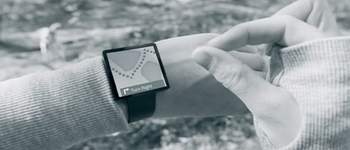
Another potentially great game changer in the field of interface is Project Soli. It uses radar to map so precisely your hand that gestures suddenly become a great way to control devices or interface with computers. See the hand rotating a virtual knob in the image on the left? It can do so because of accurate mapping of your hand via radar.
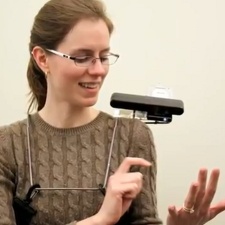
Do you remember Omnitouch - the wearable system perched on your shoulder that enables graphical, interactive, multi-touch input on whatever surfaces are near you? The reason you don’t see it taking the world by storm is because it is relatively cumbersome and quite imprecise in its gesture recognition. If project Soli works as promised, projection will not interfere at all with interface, creating the premises for another leap in mobility and smartphones will no longer be the standard.
Even if this is in the future, at ke Solutions we dream but we also think ahead all the time. That is why we invest in upgrading our Cloud hosting expertise. That is why we work so much to make apps for different devices. That is why we created a truly low cost app building platform. All are mobility enhancing.
So when new interfaces appear we will be ready. But will your business be? Call us and let’s talk mobility!





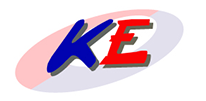
Posting comment as guest.
If you already have an account, please LOGIN.
If not, you may consider creating on. It’s FREE!